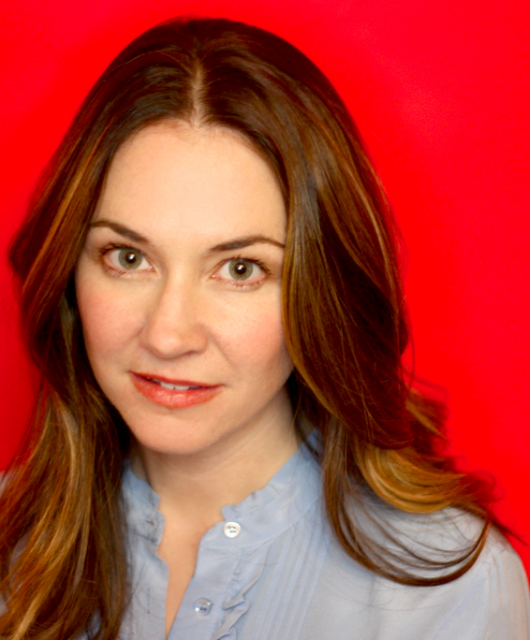Decisions. Decisions.
How to fight the tyranny of choice in an overly crowded competitive market?
In recent decades, business has changed dramatically, and almost every category of product has witnessed unexpected growth in its variety.
Let’s take the U.S. in the 50s for example; buying a car was a choice between GM, Ford, Chrysler, or American Automobile. But today, you have a choice of over 300 different models ranging from regular passenger cars, to luxury sports vehicles to SUVs, among numbers of brands like GM, Ford, Toyota, Honda, Volkswagen, Nissan, Mitsubishi, Renault, BMW, Mercedes, Hyundai, Daewoo, Kia, Volvo to name a few. Even the entire automobile industry is facing competitive pressure from new generations of electric cars, new energy vehicles, high-speed trains, short-distance planes, and autonomous driving vehicles. This is also happening in other industries as well. How to fight the tyranny of choice within a growing competitive marketplace; how to win the choice of customers and obtain the impetus for growth; is the premise of the organization’s survival.
This “tyranny of choice” shows only one aspect of cruelty of competition.
On the other hand, the information explosion of knowledge society, made the customer’s limited mind even more crowded. According to Harvard University psychologist Dr. Miller’s study, in the customers mind there are only seven brands for each category. And Jack Trout further found that, since the competition is getting more and more intense, it could only leave two brands in customers’ mind, which are famous in positioning theory of “Law of Duality”. (Jack Welch, who took over GE in 1981, has used this law to shut down businesses, which are not “No. 1”, no matter how lucrative they are. The move, which led GE to win customers’ minds, also earned Welch a reputation as No.1 CEO in the world). In digital disruption, the “Law of Duality” would evolve into “only first, no second” law. Any brand that does not occupy a unique place in the customer’s mind, no matter how large it is, will eventually be destroyed by the tyranny of choice and disappear from reality. The disappearance of the brand directly means the disappearance of the organization behind the brand.
This is the ultimate strength that drives global markets in the continuous wave of mergers & acquisitions, which is just the result of customers’ minds. Influenced by the limited number of brands in the mind, the global buying wave will only get more turbulent.
In comparison with the upcoming decades, the competition today is like a tea party. The competition shifted to customers’ mind causing unprecedented tension and crisis, because the purpose of the organization is not the organization itself, but the results from the outside of organization. When an organization is becoming meaningless and disappears due to lack of awareness in customers’ mind, the organization loses its meaning and motivation.
Indeed, walking into any supermarket, you will find more than 80% of the goods lying on the shelves, becoming mediocre brands because of improper positioning. Log on to any shopping site, the number of brands, which is lacking unique differentiation, is likely to be more than 90%. Thus, these mediocre brands, even dying organizations, and the people who work in these organizations, their survival states – these will be the future root of social turbulence.
Paradoxically, improvements, from big data to artificial intelligence, did not solve the problem, but aggregated it. The reason is simple; many technologies merely increase the efficiency of the internal supply of the organization, while the challenge is not internal, but external disorder and crowding. An “arms race” to strengthen internal supplies only increases the supply capacity. Although the organization efficiency is increased, the challenge of the organization is external crowdedness, mainly caused by excess supply. If the company cannot have an accurate positioning, internal supply capability is also difficult to be transferred into external results.
Under this circumstance, the need for differentiated Positioning remains to be the only solution to accurately define the organizational goals, turning “the tyranny of choice” to “the impetus of choice. Determine the company’s most advantageous position to differentiate it from competition in the customers mind (external) is the only reason of existence.





